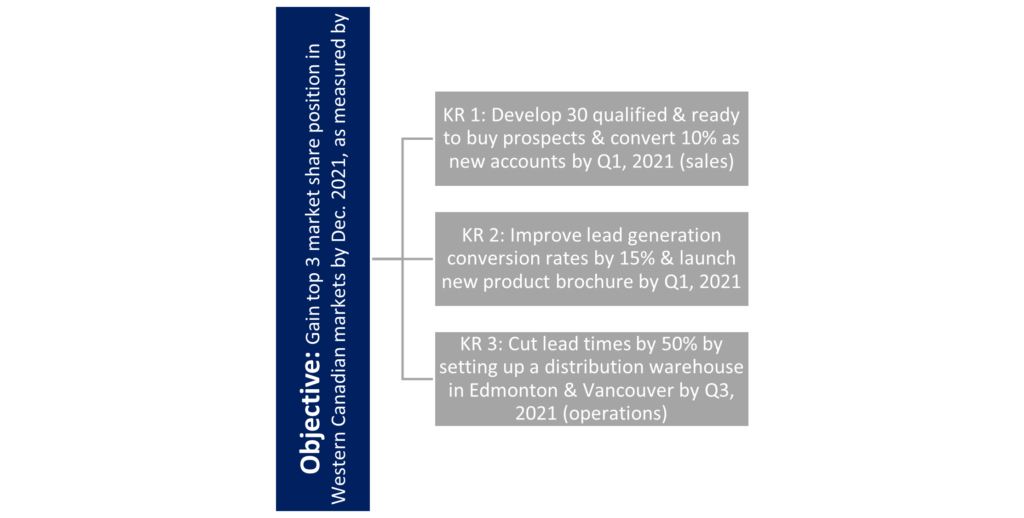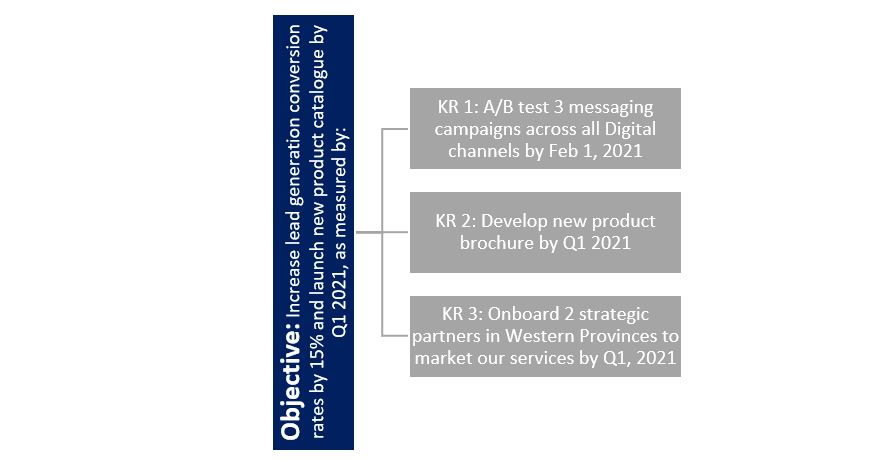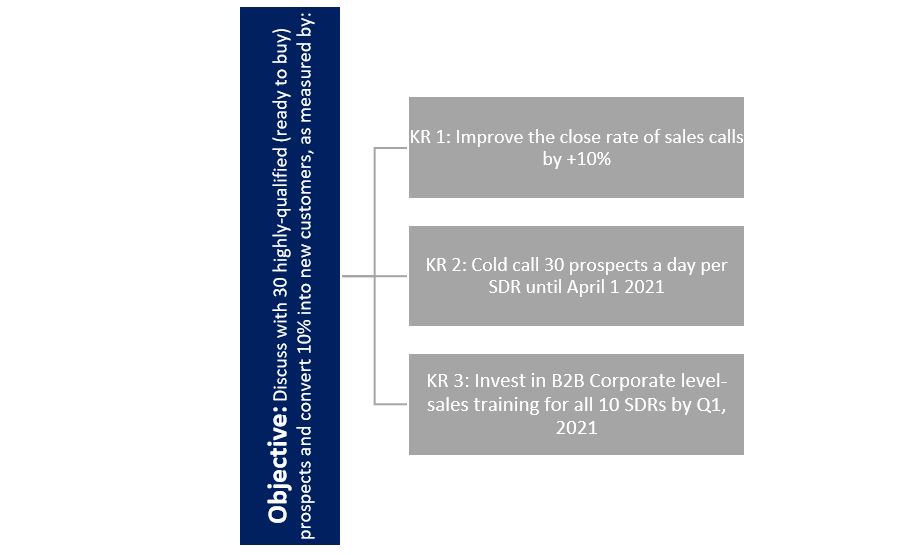How to Align Sales and Marketing Teams to Boost Productivity
Improve Lead Generation, Grow Sales & Dominate Your Industry
All too often, sales and marketing act as distinct departments in many organizations, particularly in the Business-to-Business (B2B) space. Typically, the marketing team is tasked with maximizing lead generation initiatives by being primarily focused on increasing the volume of leads and is thus less focused on the quality (conversions) of those leads.
As a result, the sales team can sometimes act on too many unqualified leads, leading to low conversion rates and sales spending too much time on non-existent opportunities.
The leading cause of this issue is a lack of alignment between sales and marketing, and the way success is measured within the separate departments.
To bring about change, organizations must change the norms established within the company and adopt processes that aim to:
- Align the sales and marketing teams.
- Measure the core Key Performance Indicators of each department.
- Focus on quality and less volume.
How to Align your Sales and Marketing Team
Sales and marketing teams must act as one. It’s that simple. To achieve this, it is useful to take a step back and reflect on your business objectives for the quarter and the year.
One method I implore businesses to adopt is John Doerr’s Objectives & Key Results (OKRs) framework. This goal setting framework is widely adopted by some of the largest organizations in the world, such as but not limited to, Intel, Google, Microsoft, Adobe, The Bill and Melinda Gates Foundation, etc.
Its power lies in the ability to challenge teams to reach for ambitious goals, provide clarity, encourage collaboration between teams and improve commitment to priorities.
The Objectives and Key Results Framework
Let’s review at a high-level what this framework entails.
The Objective is simply the direction your company wants to take. The Key Results are milestones you need to accomplish in order to achieve that goal. It’s best to keep this highly simplistic, with 3-5 key results for every one objective.
Finally, the Objective (direction) is meant to be ambitious to really challenge your team to take their efforts to the next level. On the other hand, Key Results need to be specific, measurable and time-bound.
At the end of a period (quarterly or annually), there is no confusion as to whether a goal was achieved or not; all we need to do is look at our Key Results and see if our milestones were reached.
It’s best to illustrate this with a highly simplistic example of how you might go about aligning your sales and marketing departments.
How OKRs Should Be Implemented to Align Sales and Marketing
Let’s say for example, I am the CEO of packaging manufacturing company with headquarters in Montreal, Quebec. My objective for 2021 is to take my company to the next level by establishing a strong market presence in Western Canada. Lastly, my core team is composed of 10 sales reps, 2 marketers, 1 COO, 1 CMO and 1 VP of sales.
Looking to align my sales and marketing teams, I may want to structure my OKR in the following way:
Objectives and Key Results for the CEO

As CEO, I now have a clear direction on where I want to take my company but also have the steps to take that are clear, specific, measurable and time-bound. Furthermore, each of my 3 Key Results are directly related to 1 functional department.
Cascading Down the Organization for Maximum Alignment
Why the framework works so well is because it emphasizes alignment and provides a clear direction for all teams to achieve corporate level goals.
The key to this framework is that goals cascade down from higher-ups all the way down to front-end employees.
Objectives & Key Results for the CMO

Objectives & Key Results for the VP of Sales
The Effects of Cascading on Business Productivity
Notice how the CEO’s marketing KR becomes the CMO’s objective for the year. Furthermore, the CMO can break down his objectives according to the resources he has at his disposal; in this case, 2 employees in the marketing team. The same applies to the VP of sales and COO.
Final Touches to Aligning Sales and Marketing Teams
In order for OKRs to work effectively in aligning your sales and marketing teams, the sales OKRs need to be made visible to the marketing team and vice-versa. That way, marketing and sales (& operations) teams can coordinate on their progress, give feedback and collaborate on achieving their objectives for the quarter and year.
At the end of the quarter, if a goal was easily accomplished, it suggests it was not challenging enough and your team should consider modifying it to make it either more difficult, or change the goal entirely.
This goal-setting process enables teams to focus on what really matters while greatly improving the chances of generating qualified leads into the funnel, converting those leads into serious opportunities, and growing your top-line sales to dominate your industry and market verticals.
Author: Adam Toledano is the President of Toledo Capital Advisors, a B2B Sales & Marketing Strategic Advisory firm focused on accelerating sales growth for business owners in the Software, Technology, Manufacturing, Distribution and Business Services industries. For those that want additional actionable insights on B2B Marketing & Sales strategies, subscribe to his weekly newsletter.





The information you’ve shared in this blog is remarkable. Thanks for sharing such quality information.